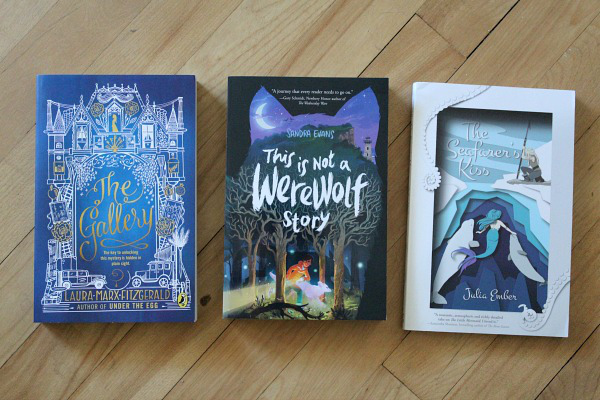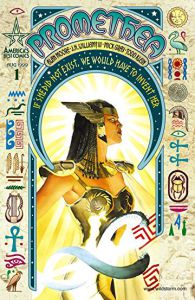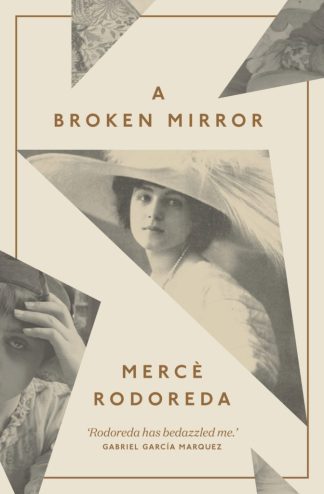The first of two books I elected to read for this week’s class is Jacqueline Woodson’s Brown girl dreaming. I chose it because it was easily available to me, and also because we discussed it when I took Literature for Children and Adolescents this past summer. I was curious about the book’s transitive nature and wanted to revisit it with my young adult lens.
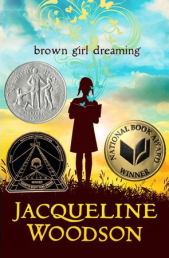 Brown girl dreaming is an extensive collection of autobiographical poems. Woodson uses reading and writing as a way to understand her place in the world. She was born when the Civil Rights Movement was at its peak. Her mother was from the South and her father from Ohio, though Woodson and her siblings would later move to the heart of Brooklyn. Thus, many of the poems are Woodson’s way of making sense of her own displacement, both racially and geographically. The writing is deeply personal, steeped in metaphors and vivid imagery.
Brown girl dreaming is an extensive collection of autobiographical poems. Woodson uses reading and writing as a way to understand her place in the world. She was born when the Civil Rights Movement was at its peak. Her mother was from the South and her father from Ohio, though Woodson and her siblings would later move to the heart of Brooklyn. Thus, many of the poems are Woodson’s way of making sense of her own displacement, both racially and geographically. The writing is deeply personal, steeped in metaphors and vivid imagery.
The trick, then, is figuring out how to get Brown girl dreaming into the hands of older teen readers as a librarian when it tends to be designated as a middle-grade work. Brown girl dreaming belongs on library shelves because it is a tender historical relic — a love letter to brown girlhood. Teens who appreciate lyricism, who view poetry and literature as a way to deal with growing pains, will hold this one near and dear.
5Q 3P W
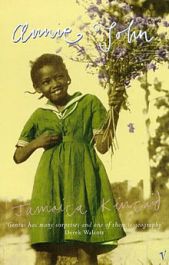 The novel I have opted to pair Brown girl dreaming with is Jamaica Kincaid’s Annie John. Annie John is not explicitly a young adult book, but in terms of length it is no more than 160 pages that fly by. The two coming-of-age books share a lyrical and stylistically complex writing style. Though Annie John is set on Antigua, both Woodson and Kincaid play up the importance of setting in informing the narrator’s personal development.
The novel I have opted to pair Brown girl dreaming with is Jamaica Kincaid’s Annie John. Annie John is not explicitly a young adult book, but in terms of length it is no more than 160 pages that fly by. The two coming-of-age books share a lyrical and stylistically complex writing style. Though Annie John is set on Antigua, both Woodson and Kincaid play up the importance of setting in informing the narrator’s personal development.
5Q 3P A/YA
I used Novelist Plus to locate this read-alike and the accompanying appeal terms for both books.
Woodson, J. (2017). Brown girl dreaming. Waterville, ME: Thorndike Press.
Kincaid, J. (2008). Annie John. Paw Prints.
Advertisements Share this:


